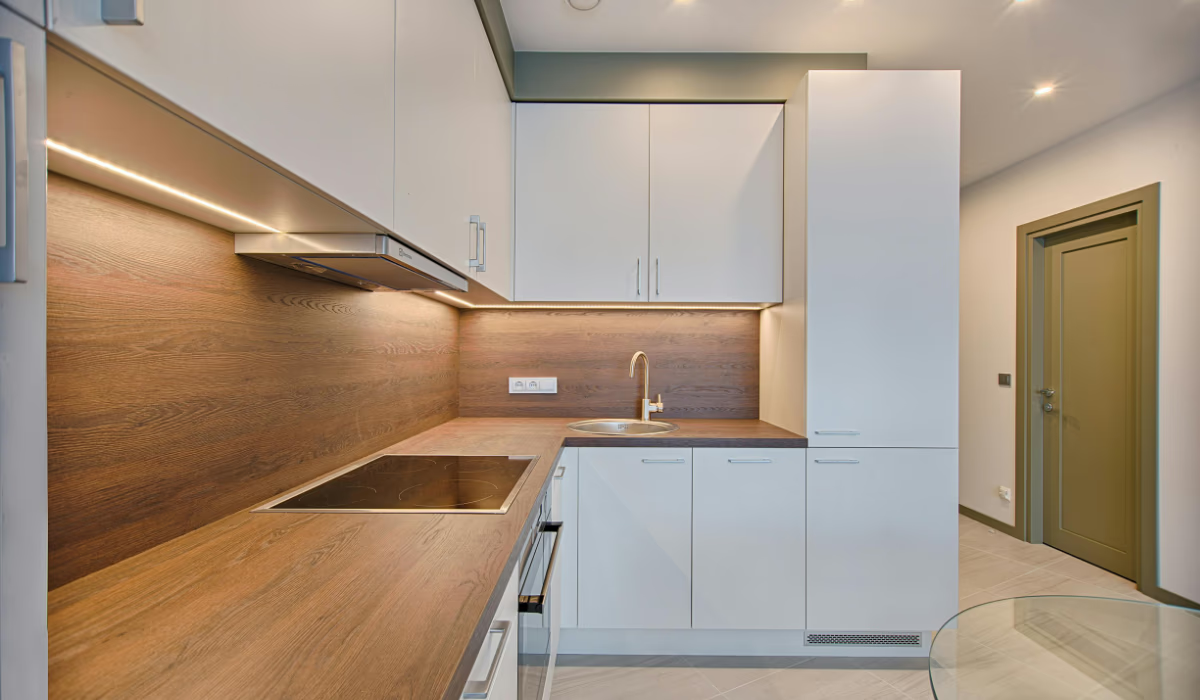Designing a room means more than just picking furniture or paint. It’s about creating a space that feels good, works well, and shows who you are. It combines aesthetics, function, mood and comfort so that every part of the room—from walls to lighting—comes together in harmony.
Before you start buying or changing stuff, take time to think about how you want to feel in the room and who uses it and how. Are you designing for relaxation, work, or entertainment? These early thoughts will guide every decision—colors, furniture, layout, even accessories.
1- Set the Mood and Purpose
Start by imagining what mood you want. Warm and cozy? Bright and energetic? Calm and minimalist? The atmosphere you aim for will influence color choices, textures, and lighting.
Define the room’s primary purpose. Is it a bedroom, office, living room, dining area? How many people use it? What activities happen there—reading, watching movies, working? Clarifying this helps in planning furniture layout and selecting what needs to fit.
2- Gather Inspiration
Look through design magazines, Pinterest boards, home tours, or photos of rooms you love. Save images that resonate with you—not every detail, just the vibe: colors, lighting, materials, furniture styles.
After gathering, study what those images have in common. Is there a recurring color palette, pattern, or furniture shape? These patterns will help you figure out what your style really is.
3- Measure & Plan the Layout
Measure all walls, doorways, windows, ceiling height, and any immovable features. Having accurate dimensions prevents mistakes like buying furniture that doesn’t fit or blocking pathways.
Use floor plans (even simple sketches on paper) to try different furniture layouts. Visualize where big pieces go, where walking paths are, and how natural light enters. Planning helps you avoid crowding the room or leaving it empty in awkward ways.
4- Prioritize Your Budget and Essentials
Decide how much you are ready to spend overall. Break your budget into “must-have” items vs “nice-to-have” decor. This helps you focus spending on high impact pieces like sofa, lighting, or quality fabrics.
List foundation pieces first—those items that define the room (e.g. main seating, large tables, closet/storage). Secure them first. Then, gradually add secondary furniture and decor as budget allows.
5- Choose Color Palette & Textures
Create a cohesive palette. Pick 2-3 main colors and a few accent tones. Neutrals offer flexibility; bold tones can be used in accents or focal walls.
Textures matter: combining soft fabrics, wood finishes, metals, or glass helps bring depth. Even simple rooms can feel rich if textures and materials are chosen thoughtfully.
6- Select Finishes and Key Pieces
Finishes cover paint, flooring, moldings, wall treatments. Decide these early, because they set the backdrop and affect how everything else looks.
Anchor pieces (large furniture) should be chosen next: sofa, bed, or main seating. Their color, material, and size heavily influence the rest of the room’s layout and style.
7- Add Secondary Furniture & Layout Balance
Once anchors are set, fill in with smaller furniture: side tables, credenzas, ottomans. Make sure they support function—storage, seating, accessibility.
Balance is vital. Spread out heavy or ornate pieces rather than clustering all visual weight to one side. Proportion and negative space (empty spaces) help a room breathe.
8- Incorporate Lighting Properly
Natural light should be maximized. Use sheer curtains or light filters but avoid blocking light unless needed for privacy.
Layer lighting: overhead lights, task lighting (desk lamps, reading lights), and accent lighting (wall sconces, decorative fixtures). Lighting shapes mood and highlights design features.
9- Bring in Soft Furnishings & Accessories
Rugs, throws, pillows, curtains all help soften hard lines and add personality. Choose items that harmonize in color, texture, and scale.
Use art, mirrors, decorative objects selectively. Let each piece contribute, rather than overwhelm. Accessories should feel like final touches, not clutter.
10- Edit, Evaluate and Adjust
Step back and observe the room. Live in it for a bit. Notice if lighting feels off, furniture doesn’t flow, or something seems missing.
Make small tweaks: rearrange furniture, swap accessories, change the layout. Design is rarely perfect on first try; adjustments help refine the space into something you truly love.
Conclusion
Designing a room is about intention, balance, and gradual layering of elements. From mood setting to finishing touches, each step builds toward a room that’s beautiful, functional, and uniquely yours. Take your time, plan carefully, and allow yourself to adjust as you go.
FAQs
What should I do first when decorating a space?
Begin by defining the room’s purpose and how you want it to feel. Sketch basic layout ideas and get inspiration before buying anything.
How can I decorate a room on a budget?
Prioritize anchor pieces, repurpose what you already have, use textiles and accessories for impact, and shop secondhand or during sales.
How do I choose the right color palette for a room?
Look at your inspiration collection, pick a primary color, add secondary and accent tones. Consider natural light and existing furniture when finalizing.
Is there a limit to how many styles I can mix in one room?
You can mix styles if there’s a unifying thread—color palette, texture, or materials. Too many conflicting styles without cohesion can feel chaotic.







